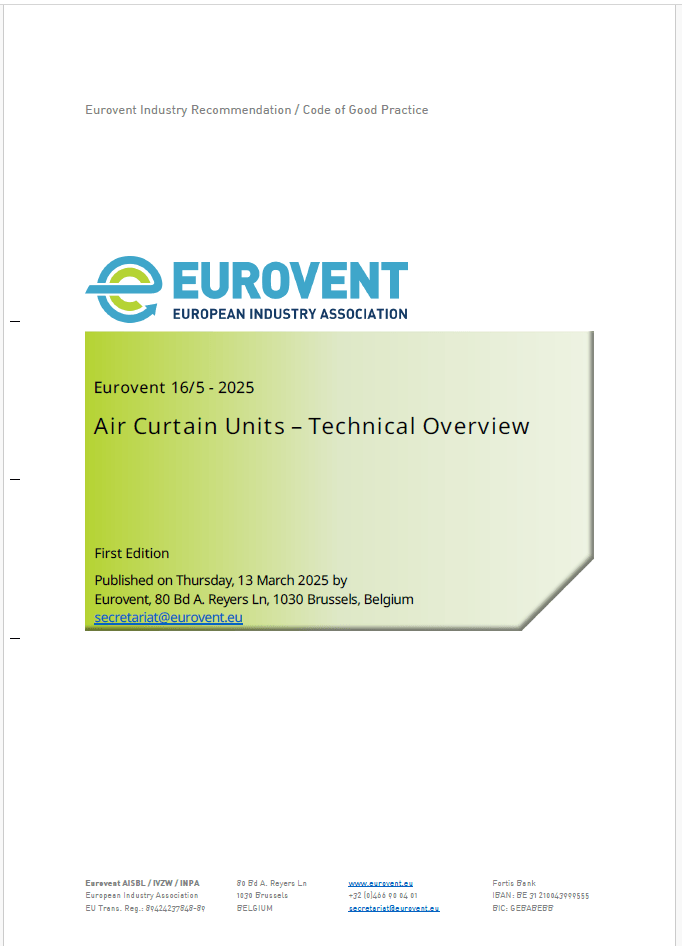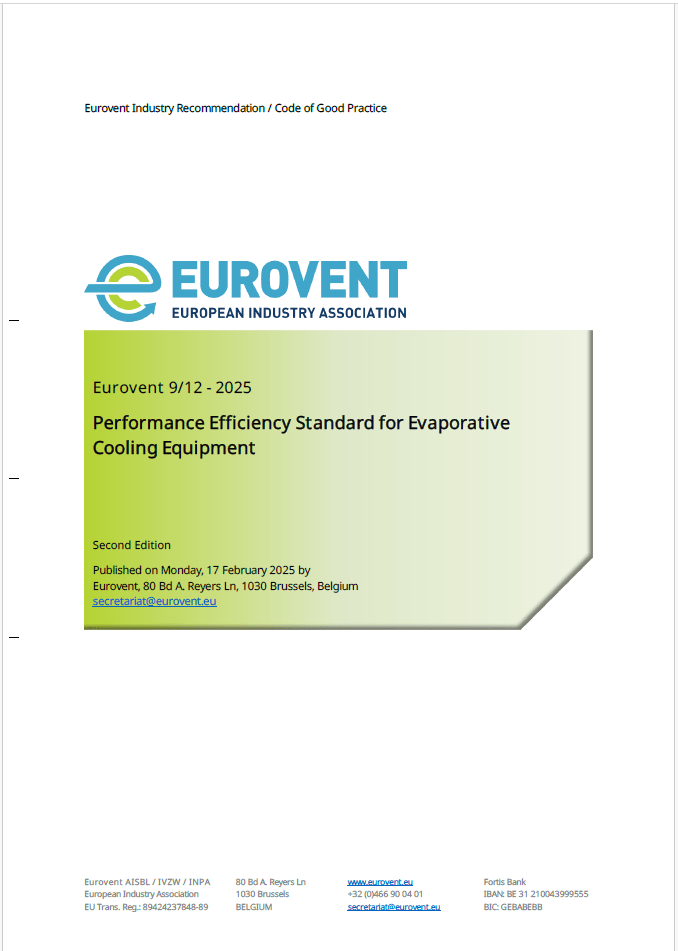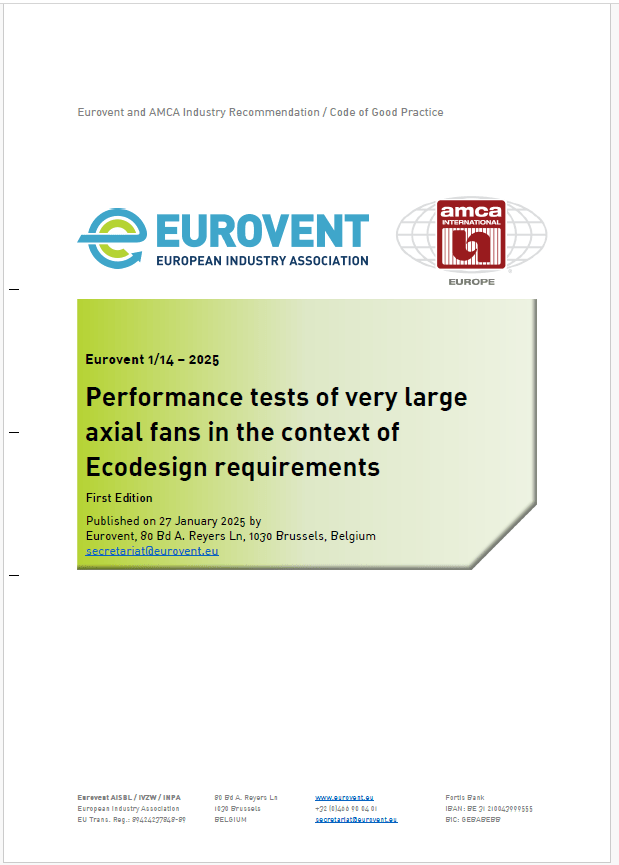Khalil El Ghazzi, Managing Director, Systemair Saudi Arabia, discusses misconceptions related to performance certification circulating in the market, factors stakeholders should keep in mind when assessing existing schemes, and what lies behind the Eurovent mark…
Performance certification schemes are valuable tools as they help empower customers with the correct data by validating the information declared by manufacturers. This is useful for customers choosing Air Handling Units (AHUs) with specific requirements in mind. However, there are misconceptions and flaws related to certification circulating throughout the Middle East that need to be addressed.
When it comes to performance certification, it is essential to remember the following:
- Being certified does not guarantee a high-quality AHU. It simply proves that the manufacturer’s catalogue data and, if applicable, selection software output data is correct. It also does not necessarily mean that a unit complies with minimum performance regulations.
- A certification body typically does not tell companies how to manufacture products unless explicitly specified. Certification generally aims to validate claims against the allowed deviations set within this certification company.
- Performance certification schemes by different certifying companies are not at par with each other. Therefore, it is essential to raise awareness of the true implications behind each certification programme and differentiate between the processes behind certifications circulating in the market.
We recommend using the following (non-exhaustive) checklist of questions as a reference to assess a certification scheme:
Does the certification cover the performance of the AHU or just the components individually?
This is key to ensuring the performance meets the declared parameters and meets requirements related to air quality, cooling or heating capacity, energy recovery, power consumption, air/water side pressure drop, and the like.
Separate certifications of components cannot be qualified as consolidated certification of the AHU.
Does the certification programme certify units keeping hot or humid climates in mind?
Certification that takes into consideration the performance of units in warm climates is a valuable tool that provides an easier and more inclusive reference for customers in the warmer regions to choose the most suitable equipment in a simple and more straightforward manner.
Are tests conducted by third-party certification bodies?
This marks the difference whether the performance tests are conducted in independent third-party laboratories or the manufacturers’ laboratory.
Is the certification body accredited?
Same as a laboratory, the certification body should also be accredited to fulfil the ISO/CEI 17065 standard requirements.
What are the test parameters for mechanical performance?
The certification body’s website should include information on whether test parameters consider, for example, EN 1886 mechanical performance classes such as deflection and leakage classes.
Is the certified AHU listed in the online directory of the respective certification body?
Any quality performance scheme should have an online certification directory. If the AHU range and its test results are not mentioned in this online directory, it is not certified. Always verify this first.
Are performance parameters periodically validated by way of factory audits?
This ensures that the independent certification organisation can check if products continue to be manufactured under the same parameters.
Are regular software selection audits conducted as part of the certification process?
This is important to ensure that manufacturers do not change data or software outputs. If such a process is in place, any change in software and the addition of new equipment must be approved by the certifying body. The software check also takes into consideration the allowed deviations in the certified data coming from the software.
Does the certification programme offer an energy labelling scheme?
An energy labelling scheme serves as a useful means to identify better performing units instead of solely verifying published performance values. This means, for example, that a unit can be ranked on A+ (best) to E (worst) scale.
Eurovent: What’s behind the mark?
Not all certification schemes are made equal. It is critical to assess the processes behind the certification to ensure the integrity of the mark. Below are the features of the Eurovent Certification for Air Handling Units that serve as a reference guide to evaluate whether similar certifications in the market conduct equal due diligence.
Eurovent Certified Performance ‘Air Handling Units’ |
|---|
✓ Mechanical performance certified with the addition of filter bypass leakage and sound insertion loss. |
✓ Rating and performance certified with strict deviations. |
✓ Performance test of real unit conducted in a laboratory. |
✓ An energy labelling scheme that helps identify better performing units on a scale from A+ (best) to E (worst). |
✓ Energy Efficiency Classes for Summer Application (EECS) label for air handling units to warm weather conditions and acknowledge humidity recovery |
✓ Eurovent Certified Performance option for “Hygienic Air Handling Units.” |
✓ Annual factory visits. |
✓ Annual selection software audit to guarantee the validity of output data. |



















